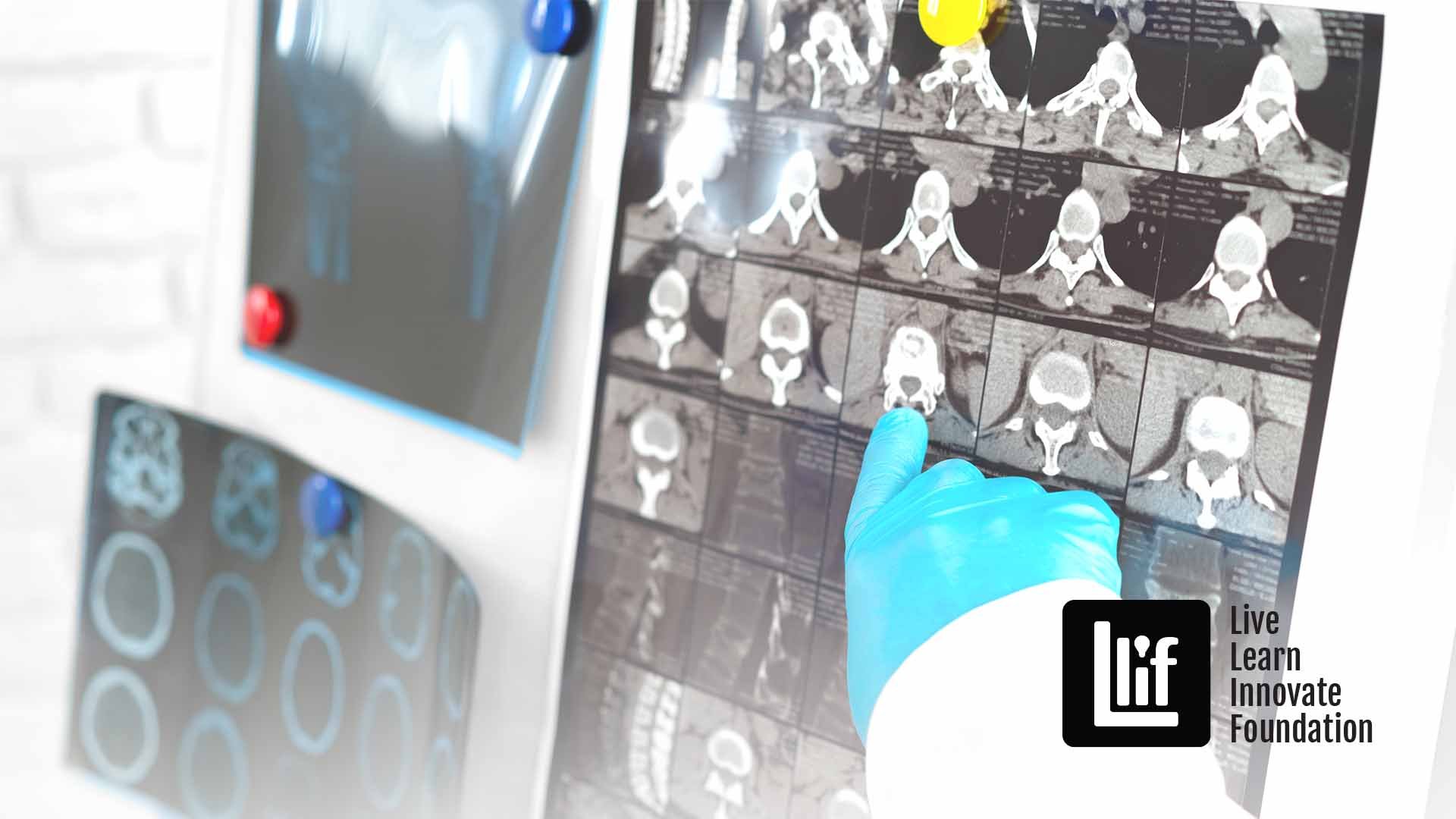
Why should you, just a regular person, care about Traumatic Brain Injury breakthroughs?
Traumatic brain injuries are frequent in professional collision athletes, and more severe injuries can have devastating and lasting consequences. Although sport-related concussions are well studied in professional American football, there is limited literature on the epidemiology and management of severe traumatic brain injuries.[*]
Do you like American Football, but don’t like the resulting long-term injuries to the players brain’s, families, and communities? Then this matters to you!
Renowned magazine Time reports,
The link between football and traumatic brain injury continues to strengthen. Now, one of the largest studies on the subject to date finds that 110 out of 111 deceased NFL players had chronic traumatic encephalopathy (CTE), a degenerative brain disorder associated with repetitive head trauma.
What is a Traumatic Brain Injury?
Traumatic brain injury (TBI), a form of acquired brain injury, occurs when a sudden trauma causes damage to the brain. TBI can result when the head suddenly and violently hits an object, or when an object pierces the skull and enters brain tissue.
Symptoms of a TBI can be mild, moderate, or severe, depending on the extent of the damage to the brain.

A person with a mild TBI may remain conscious or may experience a loss of consciousness for a few seconds or minutes. Other symptoms of mild TBI include headache, confusion, lightheadedness, dizziness, blurred vision or tired eyes, ringing in the ears, bad taste in the mouth, fatigue or lethargy, a change in sleep patterns, behavioral or mood changes, and trouble with memory, concentration, attention, or thinking.
A person with a moderate or severe TBI may show these same symptoms, but may also have a headache that gets worse or does not go away, repeated vomiting or nausea, convulsions or seizures, an inability to awaken from sleep, dilation of one or both pupils of the eyes, slurred speech, weakness or numbness in the extremities, loss of coordination, and increased confusion, restlessness, or agitation.
Patient-care Technology in the Palm of Your Hand: Can a Mobile Mood Tracker App detect Emotional Distress in People with Traumatic Brain Injury?
Researchers at TIRR Memorial Hermann are conducting a study to determine whether a self-management strategy, in the form of a mood tracker smartphone app, can improve emotional distress in survivors of traumatic brain injury (TBI), or make it less likely that they will develop it. The investigation is part of the $2.3 million Traumatic Brain Injury Model Systems (TBIMS) grant to TIRR Memorial Hermann, awarded by the National Institute on Disability, Independent Living and Rehabilitation Research.
“Many survivors of TBI have impaired cognition, problems controlling feelings and difficulty communicating with others. At about a year after being injured, 44 percent of people report anxiety and 40 percent report depression,” says Mark Sherer, PhD, ABPP, FACRM, associate vice president for research at TIRR Memorial Hermann and a clinical professor of physical medicine and rehabilitation at McGovern Medical School at UTHealth and at Baylor College of Medicine.
The problem is compounded by the fact that many people with TBI are reluctant to seek help for emotional problems…
Mark Sherer, PhD
“By five years after injury, 28 percent have depression and 17 percent have anxiety. If we think of emotional distress as having depression, anxiety or both, at one year 53 percent of people with TBI have emotional distress. At five years, 38 percent have emotional distress. The problem is compounded by the fact that many people with TBI are reluctant to seek help for emotional problems, and when they decide they do want help, it’s hard to find.”
Many states, including Texas, have a shortage of mental healthcare providers, especially in rural areas. “Even in larger cities, providers are busy and may not be accepting new patients,” Dr. Sherer says. “The out-of-pocket cost of private providers is high for those with insurance, and many people with TBI lack mental health coverage. Low-cost programs run by the state and cities are overused, which further limits access. We hope that our mood tracker project decreases the level of distress TBI survivors experience so that they will be less in need of services that are increasingly difficult to access.”
We hope that our mood tracker project decreases the level of distress TBI survivors experience so that they will be less in need of services that are increasingly difficult to access.
Mark Sherer, PhD
The project aligns with the current self-management movement in health care. For example, a patient might be asked to monitor his or her own blood pressure or blood sugar levels at home, and keep a record of the readings to share with physicians. Research has shown that this form of self-management can result in improved population health.

“Previous studies have demonstrated that simply keeping track of a problem may improve it,” Dr. Sherer says. “For example, tracking how often one has headaches can result in fewer headaches. Keeping track of one’s blood pressure can lead to lower blood pressure. Along those same lines, we’re hoping that keeping track of emotional distress will result in lower levels of emotional distress.”
Study participants are enrolled to active treatment or wait lists. People with TBI who are assigned to the study’s active treatment arm are trained to use the mood tracker app and asked to rate their levels of emotional distress several times a week. Participants receive a support call each week for six weeks to address any problems in completing the self-ratings. After six weeks, they are asked to complete a six-week outcome report, and are encouraged to continue completing the self-ratings, but do not receive further support calls. When the 12-week outcome is assessed, the participant’s involvement with the study ends.
“We refer participants who report severe symptoms of depression for treatment,” Dr. Sherer says. “We can also track how often participants use the app. If an individual is not using it, the person making the weekly call explores the reason for the barrier. If they’re using the app regularly, we tell them they’re doing a good job. These calls last five to 10 minutes, making this a very low-cost intervention.”
After six weeks, people on the wait list switch into active treatment, so that no one who enrolls is denied treatment. “Our tendency in the treatment of TBI is to target the most severely affected people,” he says. “If we can target a much larger group of people at low cost and reach them before they have severe mental health problems, we will have made a jump forward in the care we offer TBI survivors. If our study is successful, it could be deployed and used by a huge population with traumatic brain injury and could serve as a model for following up with other populations.”
At the close of the study, the researchers will conduct statistical tests to determine if use of the mood tracker app can result in less emotional distress or prevent emotional distress from developing. The grant was funded at the beginning of October 2017, with the goal of enrolling 126 participants. Co-investigator of the study is Angelle Sander, PhD, director of the Brain Injury Research Center at TIRR Memorial Hermann and associate professor and director of the division of Clinical Neuropsychology and Rehabilitation Psychology at Baylor College of Medicine.
“We’re still on track to complete the study on the five-year TBI Model Systems schedule,” Dr. Sherer says. “Even with COVID-19, we expect to be able to collect all our data and analyze it by October 2022.”
Original. | Source one. | Source two.
Who we are
The Live Learn Innovate Foundation is a 501(c)3 nonprofit entity that empowers software users to regain control of their personally generated health data, gain intuitive insights about their social data, learn the impact of their environment on health, and build a foundation of data analytics that empowers research, academics, and innovation in economic development.
Use cases for this secure, private method of data aggregation appear everywhere, expanding to family care, community growth, agricultural planning, and many more things still unseen. Help us keep going by getting involved today.
